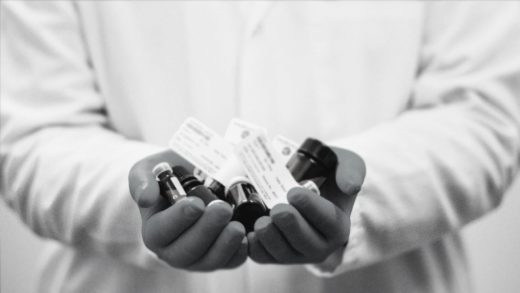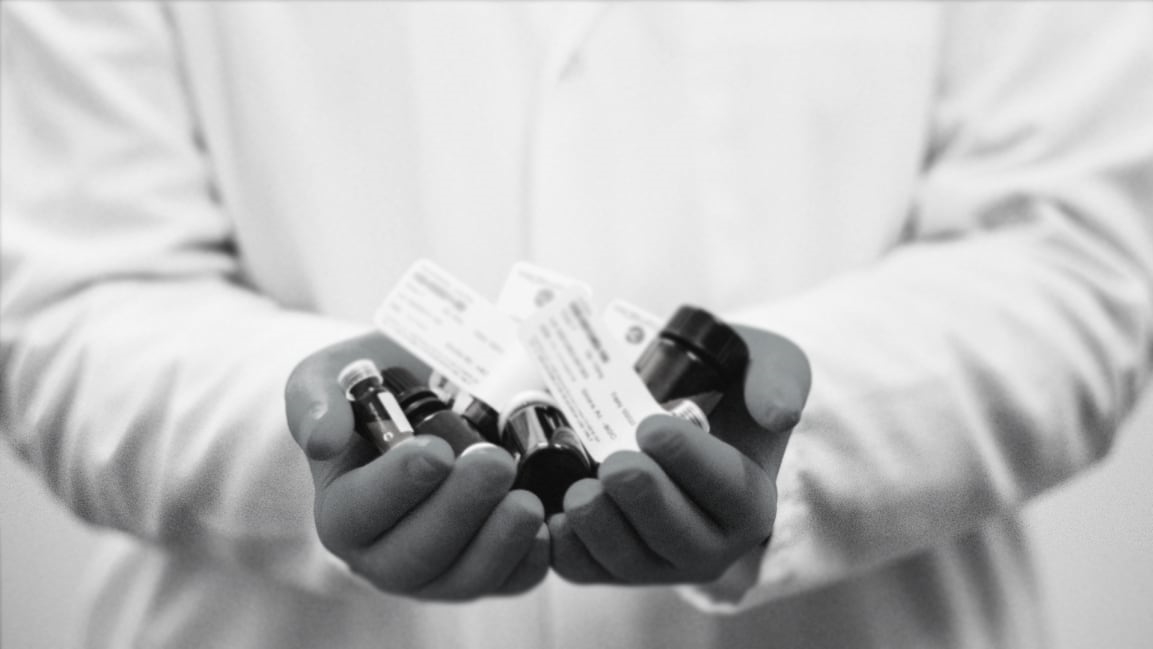How many COVID-19 vaccines it will take to stop the pandemic, explained by a scientist
I am a computational biologist who uses data and computer models to answer biological questions at the University of Connecticut. I have been tracking my state’s COVID-19 epidemic with a computer model to help forecast the number of hospitalizations at the University of Connecticut’s John Dempsey Hospital.
This type of computer model and the underlying theory can also be used to calculate the vaccination rates needed to break the chain of transmission of the coronavirus. My estimate is that for the entire U.S., roughly 70% of the population needs to be vaccinated to stop the pandemic. But variation in how people behave in different parts of the country, as well as open questions on whether the vaccine prevents infection entirely or just prevents people from getting sick, add a degree of uncertainty.
Cutting off transmission
Clinical trials have shown that once a person gets vaccinated for the coronavirus, they won’t get sick with COVID-19. A person who doesn’t get sick can still be infected with the coronavirus. But let’s also assume that a vaccinated person can’t spread the virus to others, though researchers still don’t know if this is true.
When enough of the population is vaccinated, the virus has a hard time finding new people to infect, and the epidemic starts dying out. And not everyone needs to be vaccinated, just enough people to stop the virus from spreading out of control. The number of people who need to be vaccinated is known as the critical vaccination level. Once a population reaches that number, you get herd immunity. Herd immunity is when there are so many vaccinated people that an infected person can hardly find anyone who could get infected, and so the virus cannot propagate to other people.
This is very important to protect people who cannot get vaccinated.
The critical vaccination level depends on how infectious the disease is and how effective the vaccine is. Infectiousness is measured using the basic reproduction number–R0–which is how many people an infected person would spread the virus to on average if no protective measures were in place.
The more infectious a disease is, the larger the number of people who need to be vaccinated to reach heard immunity. The higher the effectiveness of the vaccine, the fewer people need to be vaccinated.
Not the same everywhere
R0 values differ from place to place because their populations behave differently–social interactions are not the same in rural and urban locations, nor in warm climates compared to cold ones, for example.
Using the data on positive cases, hospitalizations, and deaths, my model estimates that Connecticut currently has an R0 of 2.88, meaning that, on average, every infected person would pass the virus on to 2.88 other people if no mitigation measures were in place. Estimates at the county level range from 1.44 in rural Alpine, California to 4.31 in urban Hudson, New Jersey.
But finding an R0 value for the entire U.S. is especially tricky because of the diversity of climates and because the virus has affected different areas at different times–behavior has been far from uniform. Estimates vary from 2.47 to 8.2, though most researchers place R0 for the entire U.S. around 3.
While R0 varies by location and between estimates, the effectiveness of the vaccines is constant and well known. The Pfizer-BioNTech and Moderna vaccines are 95% and 94.5% effective at preventing COVID-19, respectively.
Using values for vaccine effectiveness and the R0, we can calculate the critical vaccination level. For Connecticut, with an R0 of 2.88, 69% of the population needs to be vaccinated. For the entire U.S., with R0 of 3, this would be 70%. In New York City, with an estimated R0 of 4.26 this would be 80%.
A lot of uncertainty
While the math is relatively simple, things get complicated when you consider important questions for which epidemiologists still have no answers.
Unfortunately, other unknowns could have an opposite effect. First, the formula for critical vaccination level assumes that people interact randomly. But in the real world, people interact in highly structured networks depending on work, travel and social connections. When those contact patterns are considered, some researchers found critical vaccination levels to be considerably smaller compared to assuming random interactions.
Vaccine trials clearly show that vaccinated people don’t get sick with COVID-19. But it is still unknown whether the vaccines prevent people from getting mild infections that they could pass on to others. If vaccinated people can still be infected and pass on the virus, then vaccination will not provide herd immunity–though it would still prevent serious disease and reduce mortality drastically.
A final question that remains to be answered is how long immunity to the coronavirus lasts after a person is vaccinated. If immunity wanes after a few months, then each individual will need repeated vaccinations.
It is hard to say with certainty how many people need to be vaccinated in order to end this pandemic. But even so, the arrival of COVID-19 vaccines has been the best news in 2020. In 2021, as a large proportion of individuals in the U.S. get the vaccine, the country will be heading toward the critical vaccination level–whatever it may be–so that life can start to return to normal.
Pedro Mendes is a professor of Cell Biology at the University of Connecticut
This article is republished from The Conversation under a Creative Commons license. Read the original article.
(36)



